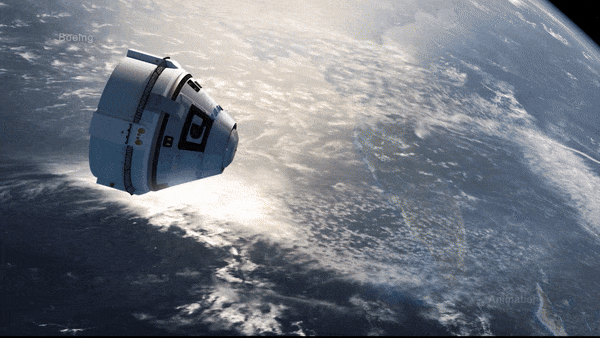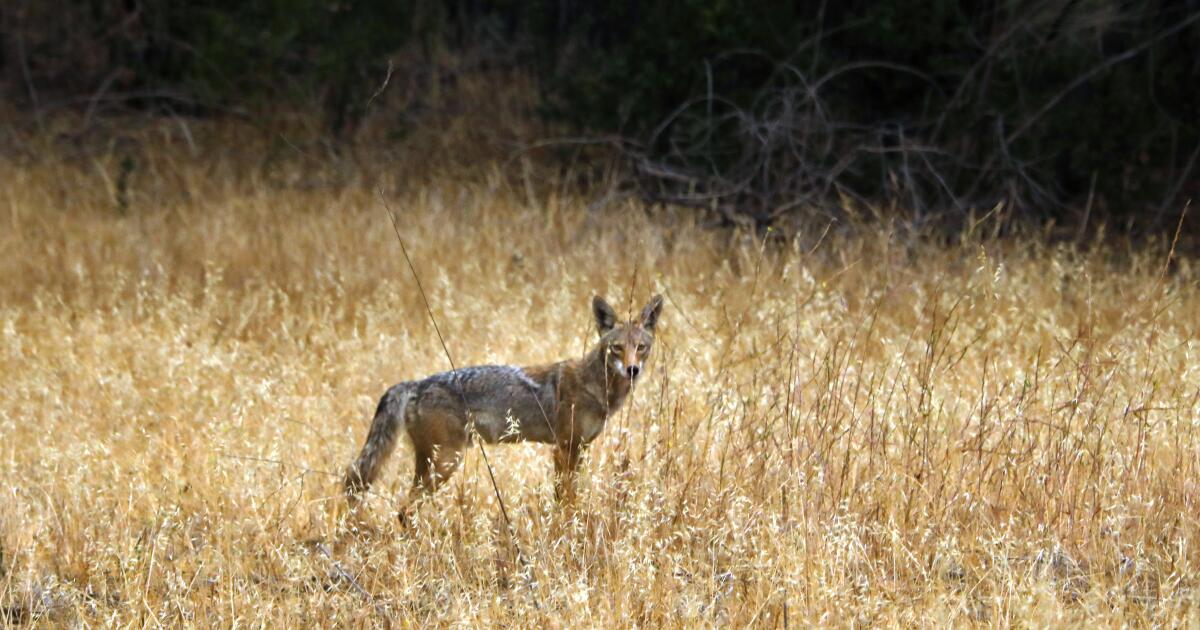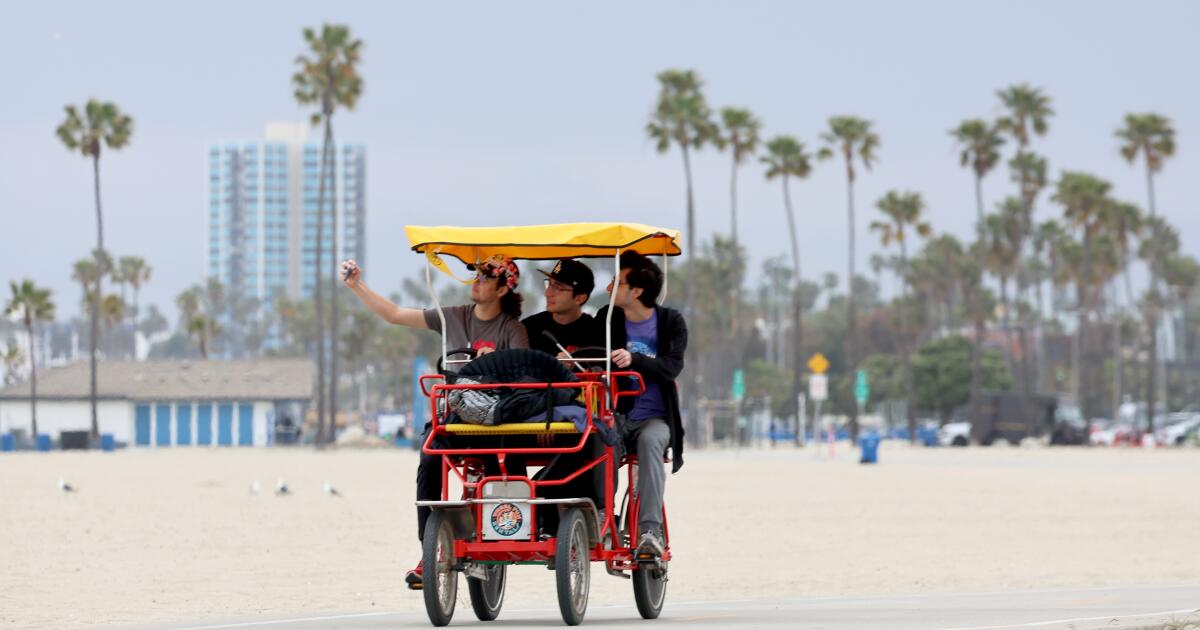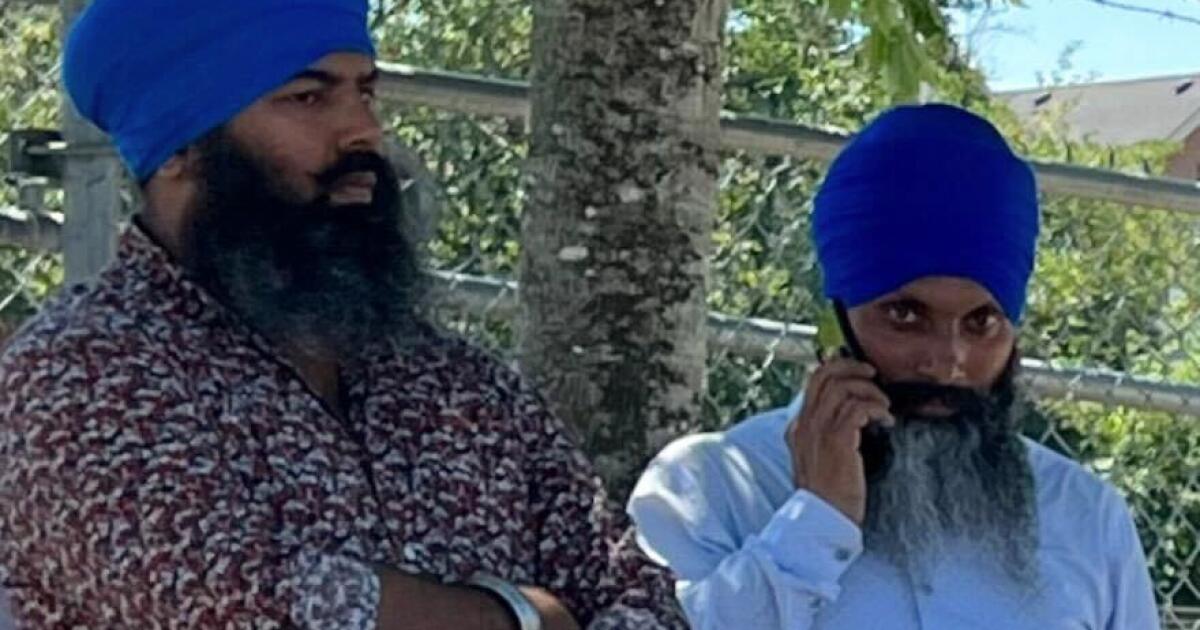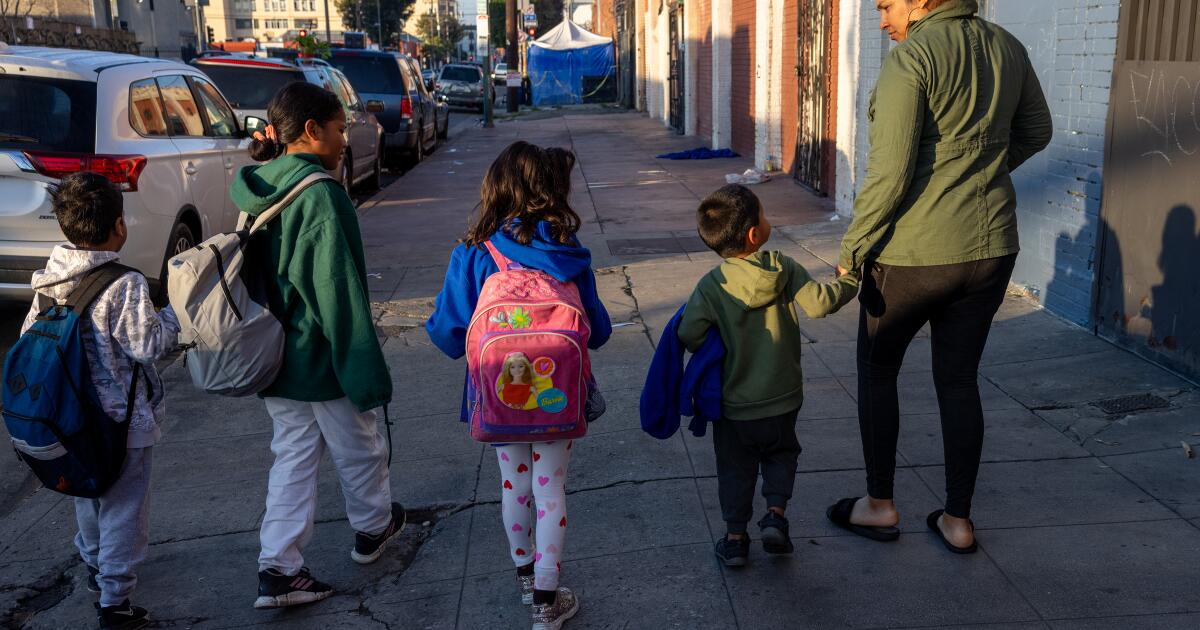Astronauts on the International Space Station (ISS) climbed into their “lifeboats” and prepared for an emergency evacuation after an unusable Russian satellite broke into hundreds of pieces.
That included Boeing's Starliner spacecraft, which officials said could have reached Earth if debris crashed into the ISS.
“We use Starliner for that safe haven capability,” said Steve Stich, manager of NASA's Commercial Crew Program (CCP).
“(The astronauts) boarded the spacecraft, powered up the vehicle, closed the hatch and were ready to execute… an emergency release (of the ISS) and land.”
BOEING ANALYZES WHY ASTRONAUTS STAY IN SPACE
Starliner, created by Boeing as part of its public-private partnership with NASA, is set to lift off with a manned crew on June 5, 2024, for the first time. (NASA/YouTube)
Starliner's launch on June 5 with astronauts Suni Williams and Butch Wilmore on board was Boeing's first crewed expedition to the ISS since 2014, when Boeing and NASA agreed to a $4.2 billion public-private partnership.
Helium leaks in the propulsion system and faulty thrusters turned a week-long mission into an indefinite stay in space.
COVERED: A RUSSIAN SATELLITE IMPLODES
Starliner is docked at the ISS while engineers collect data to fix the problems.
The helium leaks “are all stable and do not pose a concern for a return mission,” Boeing said, and four of the five thrusters that were shut down are “functioning normally.”
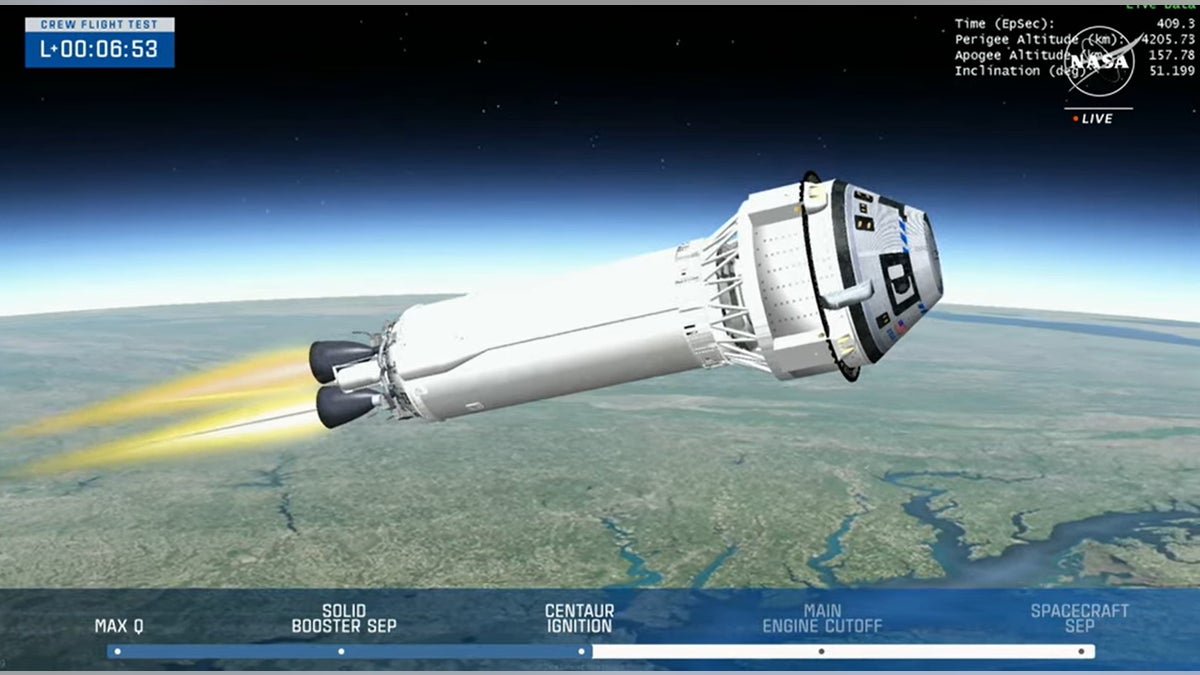
Boeing's Starliner capsule in low orbit before arriving at the International Space Station for the first time with a manned crew. (NASA/YouTube)
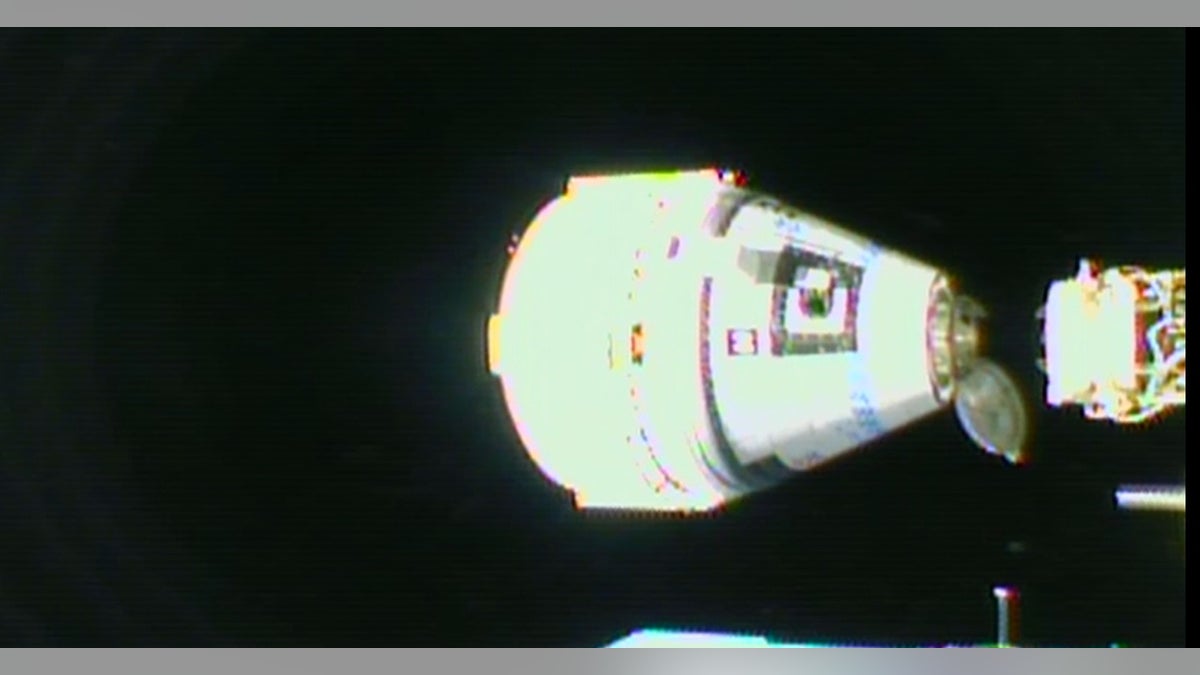
Starliner docking at the International Space Station. (POT)
“I want to be very clear that Butch and Suni are not abandoned in space,” Stich said during Friday's teleconference with about two dozen media outlets. “Our plan is to continue to return them on Starliner and bring them home at the appropriate time.”
It is unknown when that will be.
Reporters peppered Boeing and NASA with questions, seeking details about their plans to bring Williams and Wilmore home and questioning officials' assertions that the astronauts are not stranded, even though there is no timetable for their return.
THE SUCCESSFUL RETURN OF THE BOEING SPACECRAFT IS 'INCREDIBLY IMPORTANT' FOR THE FUTURE OF MANNED SPACE EXPLORATION
“We have a little more work ahead of us to get to the finals,” Stich said. “We are in no hurry to return home.”
NASA and Boeing repeatedly said the astronauts were safe and “in good spirits,” though they stressed that this was a good opportunity to gather more data.

NASA astronauts Suni Williams and Butch Wilmore aboard Starliner ahead of launch on June 5, 2024. (NASA/YouTube)
Preparations are underway for further testing on Earth. The boosters have been brought to NASA's White Sands Test Facility in Doña Ana County, New Mexico, where testing could begin as early as Tuesday.
This is expected to last “a couple of weeks,” according to Stich, adding that this will determine the astronauts' return home schedule.
SPACE JUNK PASSES THROUGH THE HOME OF AN AMERICAN FAMILY WITH PEOPLE INSIDE: LEGAL ACTION AGAINST NASA
“This is our opportunity to examine the booster, just as we have done in space, with a detailed inspection on the ground,” he said.
Boeing said in a previous email to Fox News Digital that it is imperative to take advantage of the time they have and collect as much data as possible because the troubled service module, where the helium leaks occurred and the faulty thrusters are located, is discarded when the crew leaves the ISS.
They burn up in the atmosphere upon re-entry, so they cannot be tested.
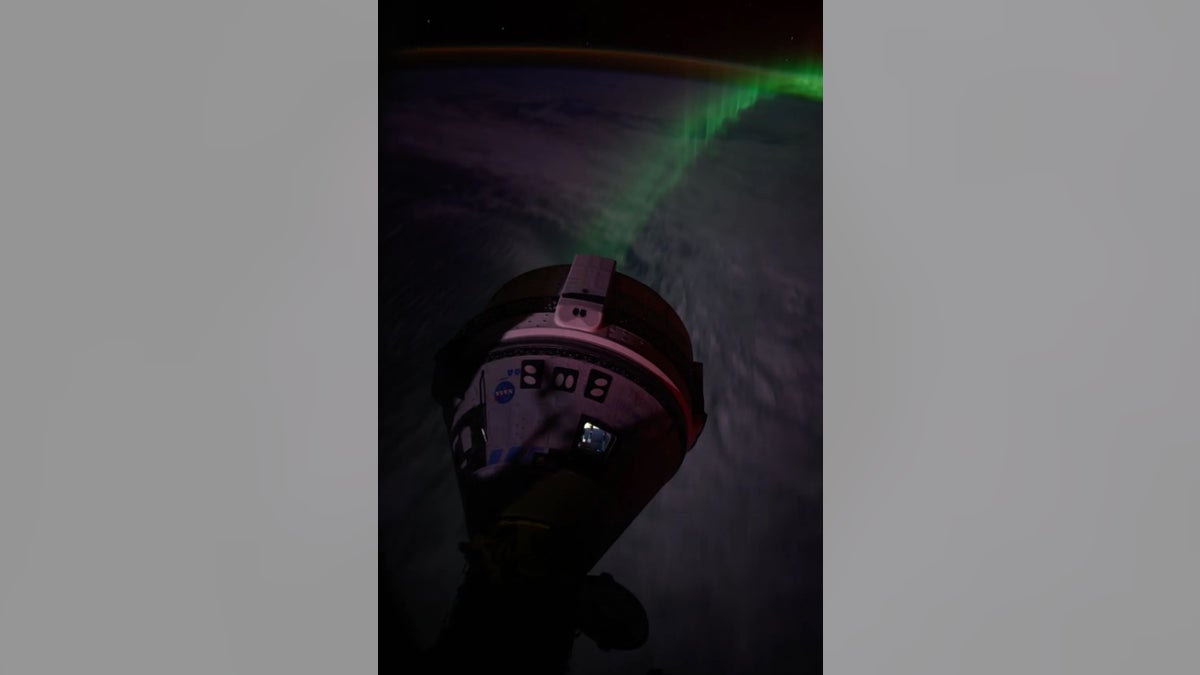
“An aurora projected beneath Boeing's Starliner spacecraft, docked at the forward port of the Harmony module, as the International Space Station rose 266 miles above the Indian Ocean southwest of Australia,” according to NASA. (NASA/Matt Dominick)
The mission and its importance
Boeing and the SpaceX financed by Elon Musk The programs are key players in NASA's CCP, which would allow NASA to send astronauts and cargo to the ISS without relying on Russia.
The CCP was founded under former President Obama in 2010, a year before NASA retired the space shuttle after 30 years.
To get cargo and astronauts to the ISS, the United States has relied on Russia, spending about $90 million per astronaut on each round trip.
In 2014, Boeing and SpaceX won contracts with NASA after a long competition, reducing the average cost to less than $70 million per astronaut.

Boeing's Starliner and SpaceX's Crew Dragon are very different rockets. (POT)
CLICK TO GET THE FOX NEWS APP
SpaceX has had multiple successful crewed launches since its first one in 2020.
Starliner's June 5 launch was Boeing's first crewed expedition to the ISS, but a series of problems turned a week-long mission into an indefinite stay in space.
Officials emphasized Friday that this is a “test flight” and that supplies are plentiful. They said Williams and Wilmore are “in good spirits.”

